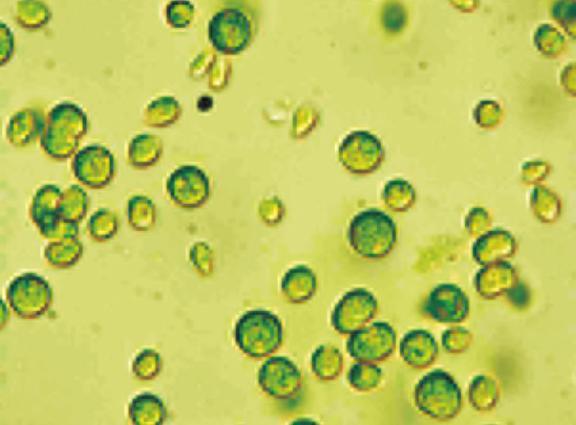Biological samples are typically a mixture of molecules, viruses, bacteria, cells, and other particles. Considerable information can be acquired from a biological sample. However, before analysis, these samples are usually required to be separate in different components. For example, sample separation is an important step required in techniques such as PCR, gel-electrophoresis, DNA sequencing, etc. Accordingly, proper sample preparation is an important technique in the biomedical and research field. One of the techniques used for sample preparation is electrophoresis. During electrophoresis, the sample components are separated by applying an electric field. One of the challenges associated with electrophoresis is the redox electrochemistry reactions that can result in corrosion and oxidation of the electrode and changes in pH. The following technology describes a method for controlling the pH changes in the flow channel.
LLNL researchers have devolved a technique to separate or purify samples using electrophoretic separation. This invention corrects the problem associated with pH changes by using the electrode, which contacts the sample, itself a high-conductivity electrolyte made of liquid or gel materials. This will keep the metal surface electrochemistry physically remote from the sample, while applying the necessary electric field. The technique can be applied within microfluidic and chip-based platforms. In addition, it can also enable transverse-mode free-flow isotachophoresis. The device can be used to separate and purify samples such as biomolecules, viruses, bacteria, and cells.
The figure shows a schematic representation of a possible device geometry incorporating (A) liquid electrode (LE) or (B) gel electrode (GE).
- Eliminates corrosion and oxidation of the electrode and resultant changes in pH
- Can be used within microfluidic and chip-based platforms
- Sample purification and preparation for:
- PCR
- Gel-electrophoresis
- DNA sequencing
- Flow cytometry
- Biomedical field
- Sample characterization
- Environmental analysis
LLNL has obtained a patent (US Patent 8,999,129) covering this technology (LLNL Internal Case # IL-12122).


